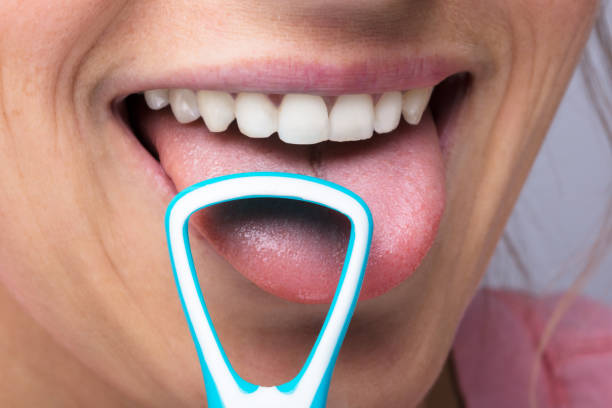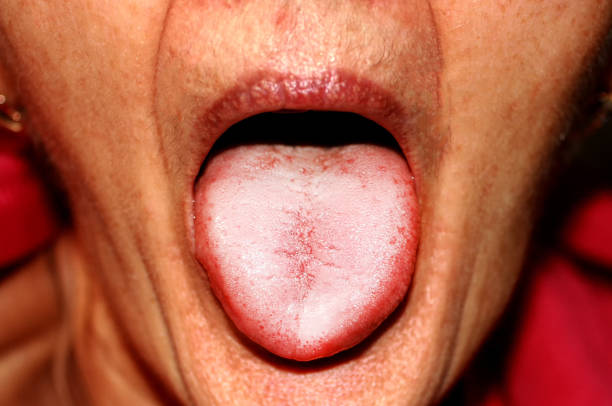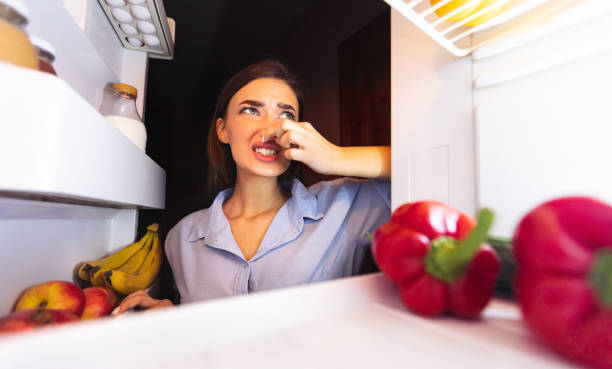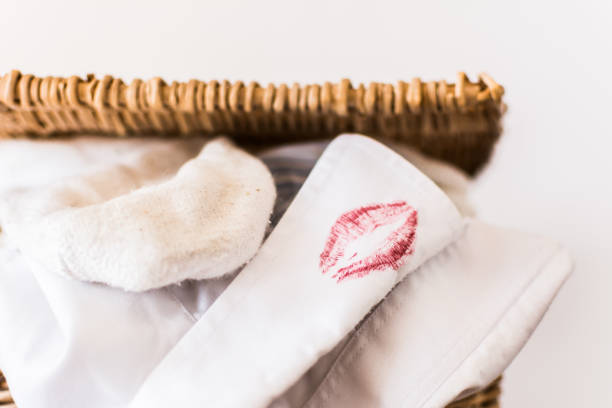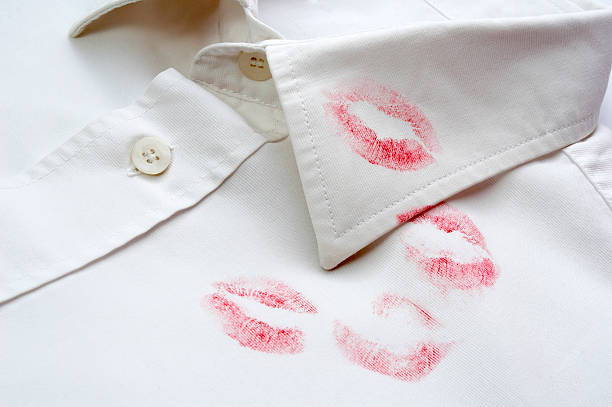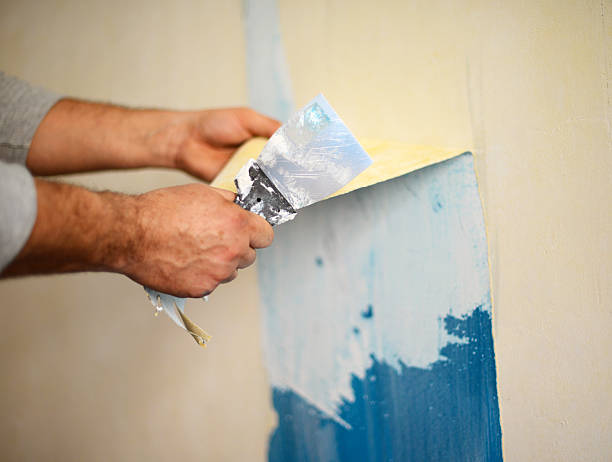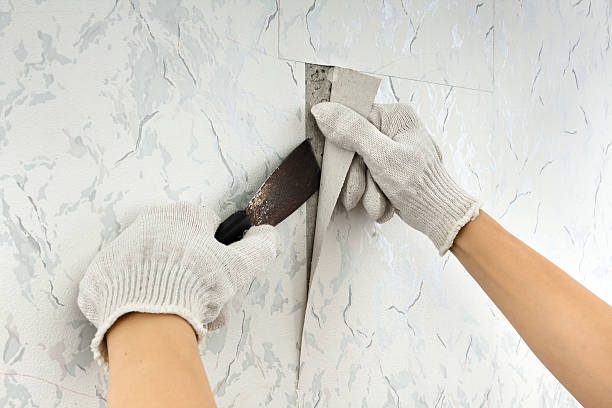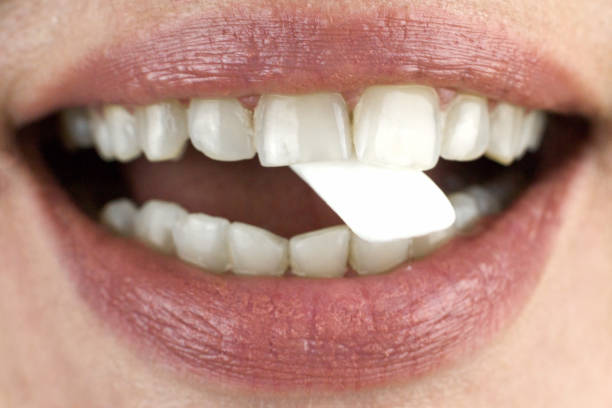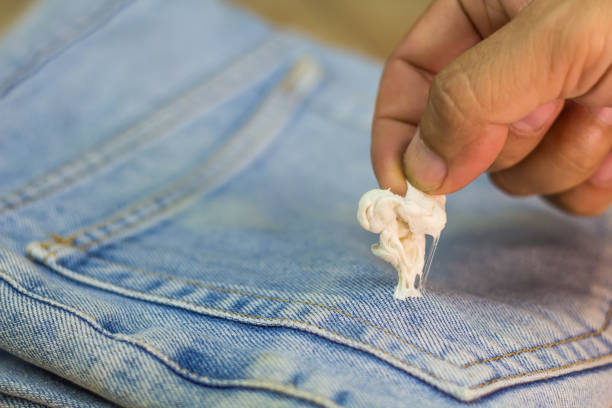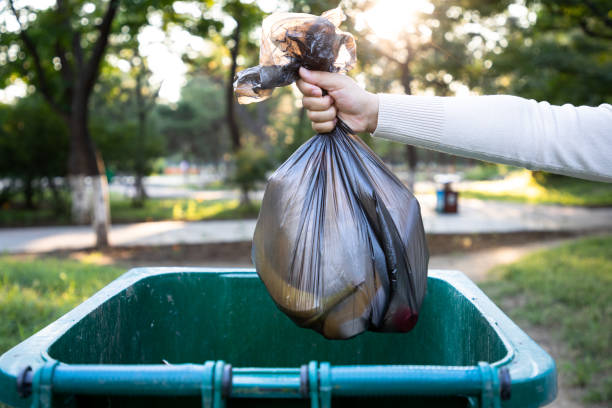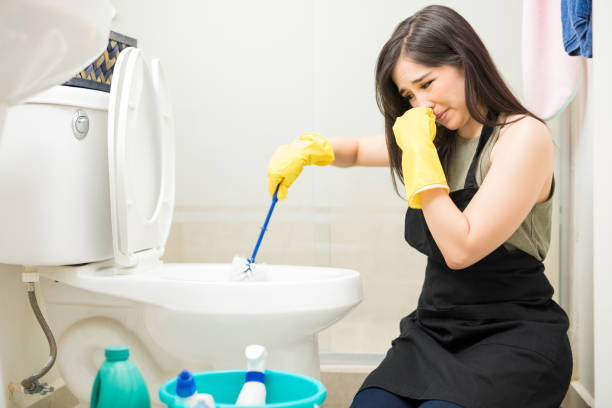Natural home remedies help to remove and prevent spider veins. For many of those affected, even alleviating this can be helpful. Initially, the varicose veins are not a problem. But in some cases, that may change. We have summarized the most important information about spider veins.
Many people suffer from spider veins. These are not only unsightly to look at, but can also cause pain in some cases. In the advanced stage, they can cause swollen feet and legs. Skin ulcers can also occur. This is why you should treat your spider veins.
What are spider veins?
Strictly speaking, spider veins are small, dark red or bluish shimmering enlargements of the veins. These occur mainly on the calves, ankles, and thighs. From a medical point of view, they are among the varicose veins and are usually harmless. But they often make themselves felt by burning.
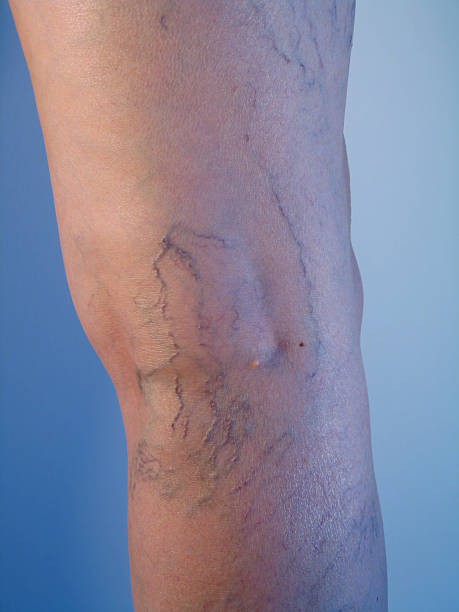
They can also lead to other uncomfortable symptoms, such as swollen feet and aching legs. In addition, many sufferers perceive them as an unsightly blemish. Therefore, many are looking for ways to remove them.
Natural home remedies for spider veins
If you are overweight, changing your eating habits is a good way to prevent spider veins from developing. Other habits, such as sitting incorrectly, also promote the development of unsightly enlarged veins. A comfortable sitting position that promotes blood circulation instead of impeding it can be a simple remedy. And the following spider veins home remedies can also help. Also, note our other tips for beautiful legs in summer.
1) With cold water against spider veins
To remove or get rid of spider veins, you can regularly shower your legs with cold water. For this, you always have to wash your legs with cold water in the morning and in the evening. Because the cold shower works wonders and is an effective home remedy for swollen legs. Especially if you are on your feet all day for work or have to stand for a long time, you will quickly feel relief. Because cold water stimulates blood circulation. In this way, you can specifically prevent the formation of spider veins.
2) Elevate your legs and prevent varicose veins
Another good and easy method is to put your legs up. To do this, your legs are often elevated, for example on the sofa in the evening. And your legs should also lie higher in bed at night. You can support your legs with a pillow. As a result, you ensure that no additional vein enlargements occur. In addition, this is also an effective tip against varicose veins.
3) Prevent spider veins with apple cider vinegar
Muscles can be strengthened naturally with the use of apple cider vinegar. You can also use it to stimulate your blood circulation. Therefore, the popular home remedy is ideal for the treatment of spider veins. To do this, soak a clean kitchen towel in some apple cider vinegar and rub it on your legs. Then leave the apple cider vinegar on for 15-20 minutes. If you do this daily you should see improvement soon. Also, read our effective tips against swelling.
4) Get relief with medicinal herbs

Creams or sprays that contain natural extracts from horse chestnuts, arnica, or red vine leaves are particularly suitable for treating enlarged veins. as they increase the elasticity of the vein walls and inhibit inflammation. The products are easy to use. Likewise, the active ingredient aescin contained in horse chestnuts is said to support the strengthening of the veins and thus counteract the formation of edema.
5) Let spider veins die-off
If home remedies and ointments don’t help, you can have the enlarged veins removed medically. This is often referred to as sclerotherapy (sclerotherapy). As a result, the doctor injects you with a specific sclerosing agent using a fine needle. This leads to intentional irritation, which is followed by inflammation of the vein walls. As a result, the blood vessels close, and the spider veins become desolate or dissolve. And laser treatments are now also possible. Also, note our home remedies for water retention.

